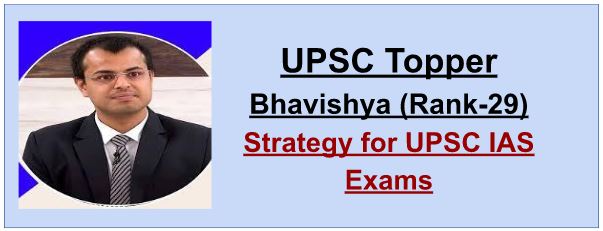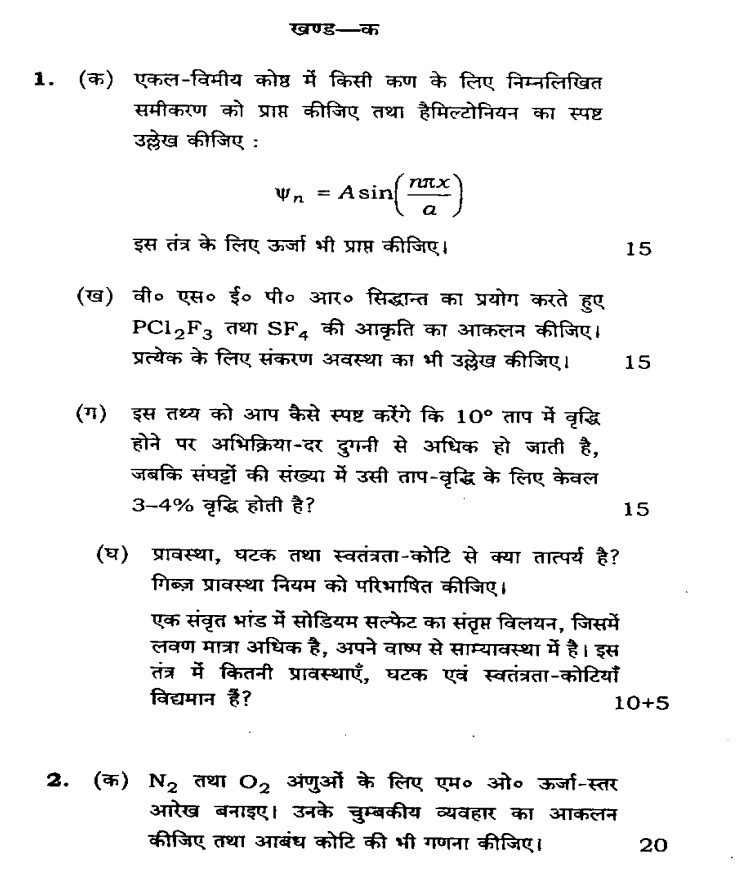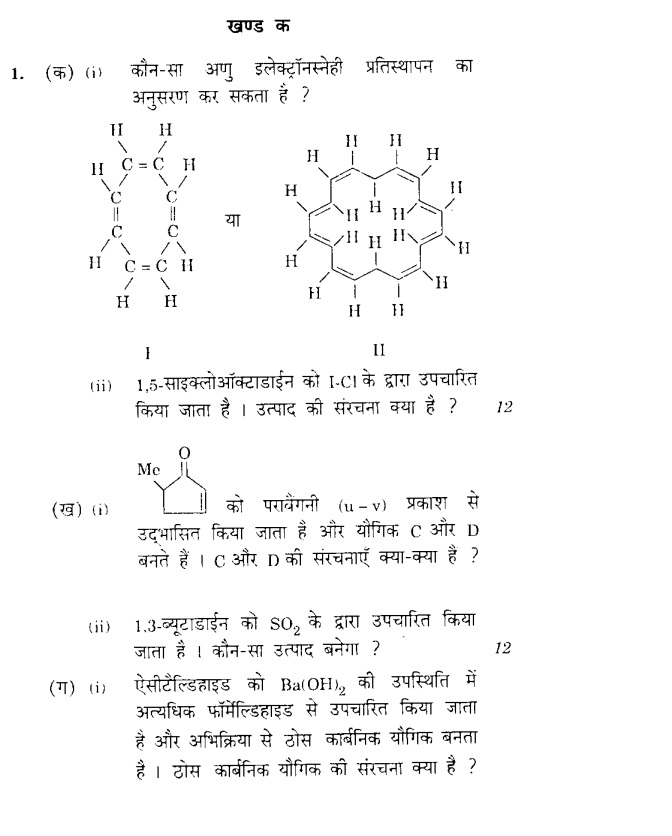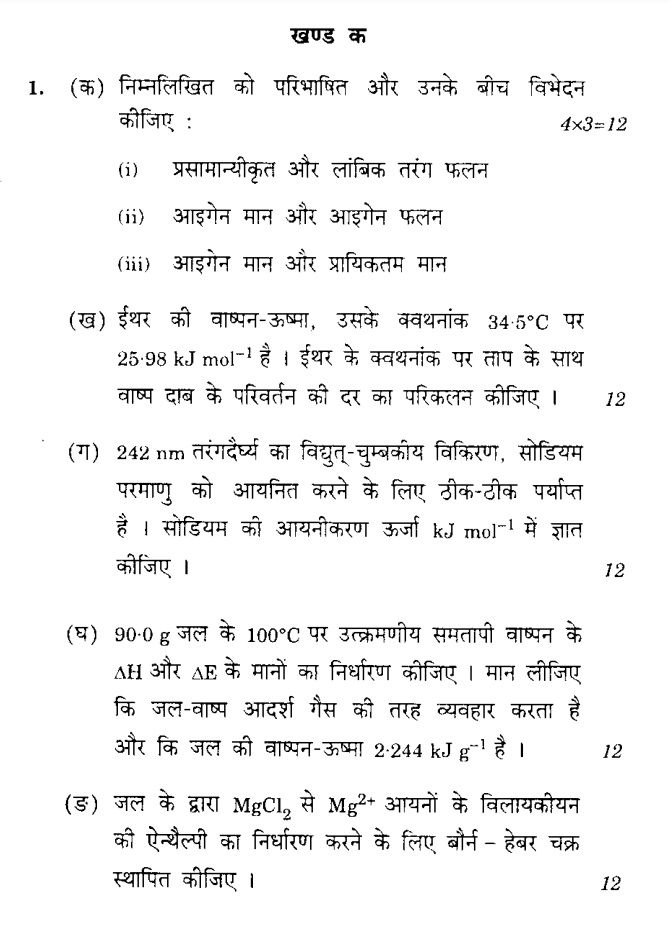
(Success Story) UPSC 2021 TOPPER, AIR-29 Bhavishya Share Strategy To Crack UPSC Exams
Bhavishya has secured the 29th rank in the UPSC Civil Services Examination, 2021. He is a native of Rajasthan. He is inspired by India’s present External Affairs Minister S Jaishankar, who is a decorated former civil servant. He rejected a job with a salary package of 55 lakhs. The passion to become a Civil Servant in the future was such that he cleared the UPSC Exam in his very first attempt and got All India Rank 29 in UPSC Exam.
EDUCATIONAL BACKGROUND AND HIS UPSC JOURNEY
Bhavishya did his schooling in Ajmer and Kota. After that he cleared the IIT-JEE exam and graduated from IIT Kanpur with a Bachelor of Engineering in Computer Science. He did the internship at QUADEYE Stock Marketing Company, Gurgaon in July 2020 and the company offered him a package of 55 lakhs.
Bhavishya left his lucrative job with a stock market firm with a salary package of Rs 55 lakh and opted for Civil Services. He started the UPSC preparation by staying at home without joining coaching classes and achieved great success with his own understanding.
BHAVISHYA'S UPSC PREPARATION STRATEGY
FOCUS ON SMALL IMPORTANT THINGS LIKE WEEKLY TIMETABLE AND DAILY TARGETS
Bhavishya said his study schedule was much disciplined. If you are preparing for the Civil Services you will understand that you could lose your dreams if you don't have a plan. Because of the UPSC's vast Syllabus, it is very important to prepare a study schedule, daily targets or weekly targets and most importantly stick to it. A proper schedule helps you to stay on track.

WHILE STUDYING IF POSSIBLE AVOID THE MOBILE PHONE AND SOCIAL MEDIA
Bhavishya said that while studying he locked himself in the room. He did not take the mobile phone. He kept away from social media also.
ANSWER WRITING STRATEGY
Bhavishya advises the aspirants first of all to go through the Previous year questions and understand the pattern of the exam. While attempting the paper firstly, read the questions carefully. Always write the answers in a structured manner. Try to give a proper introduction and conclusion in your answers; it is a very important part of the answer. Be aware of the word limits; try not to exceed the word limits. And write answers in legible handwriting, using charts, diagrams wherever required, as the presentation of your answers matters.
STAY FOCUSED
Preparation for an UPSC Exam can be a very daunting task especially in the beginning. Divide things into a manageable schedule and don’t worry about getting things perfect the first time. Remember that nothing is life or death. Bhavishya advised the aspirants to try to understand the “ Big Picture” if you’re having trouble understanding the concept and this will make the details easier to understand.

At last Bhavishya advised the aspirants that maintaining consistency should be the utmost priority of UPSC exam or any competitive exam. One should strike a balance between their studies and social life. Focus more on revisions and solve the mock tests as much as you can. Analyze your weakness and strengths and work on them accordingly.
© IASEXAMPORTAL
CLICK HERE TO DOWNLOAD UPSC TOPPERS NOTES















